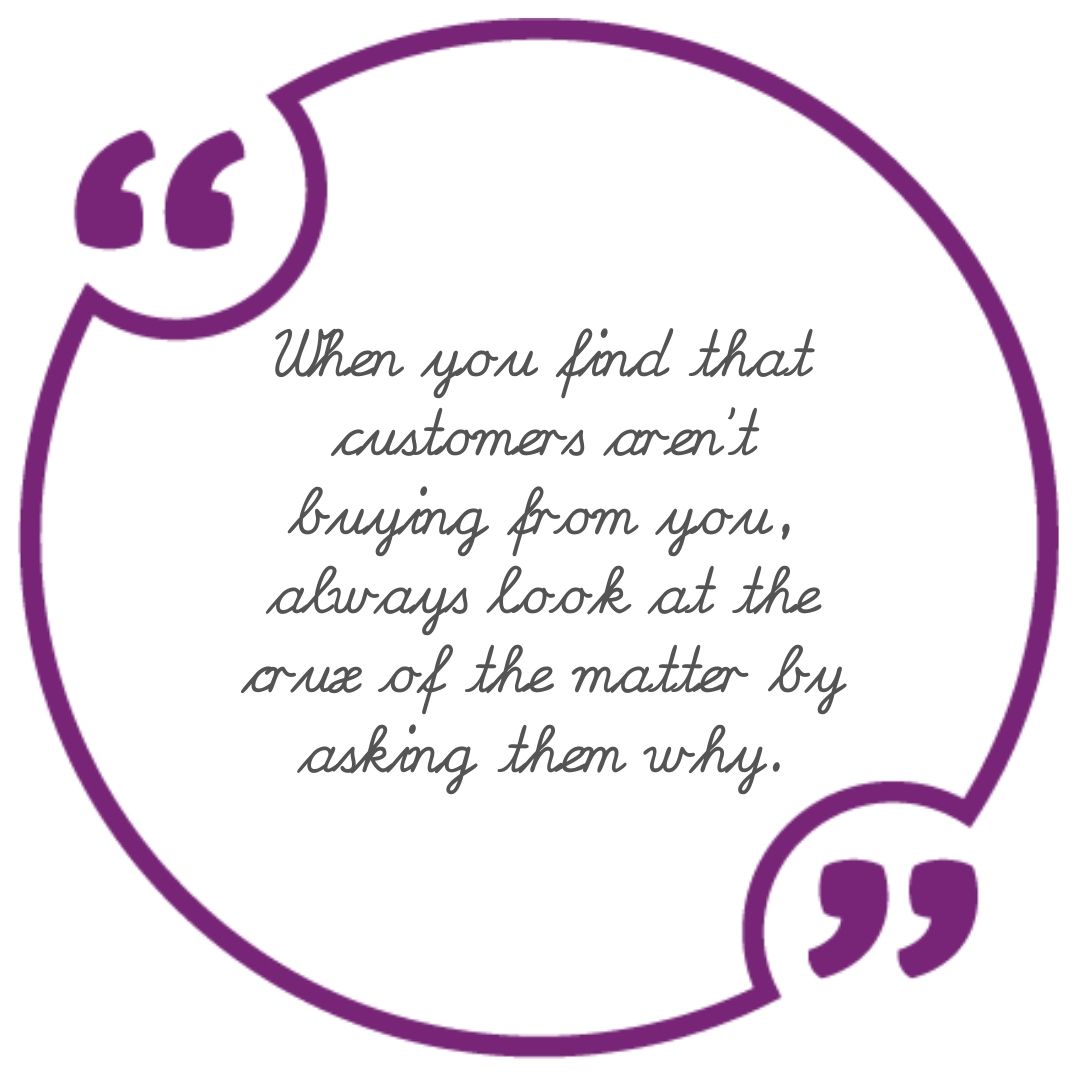A Conversation on Conversion: What’s Really Going On?
Mar 12, 2020
Content is king, engagement is queen, but when all is said and done, conversion means more than anything.
To put things simply, without consistent sales, a business ceases to exist.
Underwhelming conversion rates and uncertainties not only affect business owners & entrepreneurs in the healthcare & wellness industry, but professionals & employees as well.
And when you feel like you’re doing everything else right, but still haven’t converted into actual sales, it can be extremely frustrating to say the least. But not knowing why is even worse.
We have a tendency to tell ourselves stories about the possible reasons why: “I’m not good enough”, “They found someone more qualified”, or “I just don’t know how to sell”.
But it’s important to take a look at the crux of the matter and get to the underlying causes that explain why your audiences might not be buying.
So when it comes to conversion (or lack thereof), here are some things you need to start doing.
1. ASK YOUR AUDIENCE
Create a survey, ask your lapsers, or even approach your current customers, and you will gather significant data and insights you need.
I’ve personally encountered reasons that vary from parking complaints, location & traffic issues, dislike in the music, unavailable equipment & classes, and most importantly, cost.
The reason why it’s important to ask is because it is the first step to truly understanding your audience.
When talking about prices and costs, you need to be able to tell the difference between a customer who can’t afford your products and services, and a customer who doesn’t see its value for the money.
By simply asking, you can now make changes that directly address your audiences’ qualms either by creating enticing and unique intro offers, revamping your sales strategies, or in most cases, finetuning your messaging.
2. FINETUNE YOUR MESSAGING
There are things you simply can’t control like renovations, limited parking spaces, and road obstructions. One thing you can control however is your messaging.
We have found cases where there had been a disconnect between the messaging and the offer.
Some potential customers may not understand how you can solve their problem or they don’t see the value in what you’re offering because of your messaging.
Furthermore, we healthcare and wellness professionals and entrepreneurs may be speaking in terms that our end-users simply DO NOT UNDERSTAND.
So how do we let our customers know we can solve their problems?
We need to have a thorough understanding of their problems, speak to them using their language, and effectively communicate HOW we can solve their problems.
In short, sell them what they want and give them what they need.
3. NICHE DOWN, PICK A TARGET
In Pilates in The Grove, our niche is to help people who want to start exercising, but might have some form of injury. They’re looking for a solution with high-touch customer service, small class sizes, and individualized attention.
That’s why we talk to our clients about problems that are RELEVANT to them.
For example, for a patient that needs knee replacements, rather than talking about increasing knee range motion to 90 degrees in the 1st 4 weeks, we talk to them about their more obvious and personal challenges that we can help them with. Things such as getting on and off the toilet, and getting in and out of the bed or car.

A SHORT RECAP:
When you find that customers aren’t buying from you or converting into long-term clients, remember to always look at the crux of the matter by asking them why. From there, you can choose to finetune your messaging or retarget your marketing if needed.
For the full take on the topic, click the link HERE to watch my FB Live video.
Lorem ipsum dolor sit amet, consectetur adipiscing elit. Cras sed sapien quam. Sed dapibus est id enim facilisis, at posuere turpis adipiscing. Quisque sit amet dui dui.
Stay connected with news and updates!
Join our mailing list to receive the latest news and updates from our team.
Don't worry, your information will not be shared.
We hate SPAM. We will never sell your information, for any reason.


